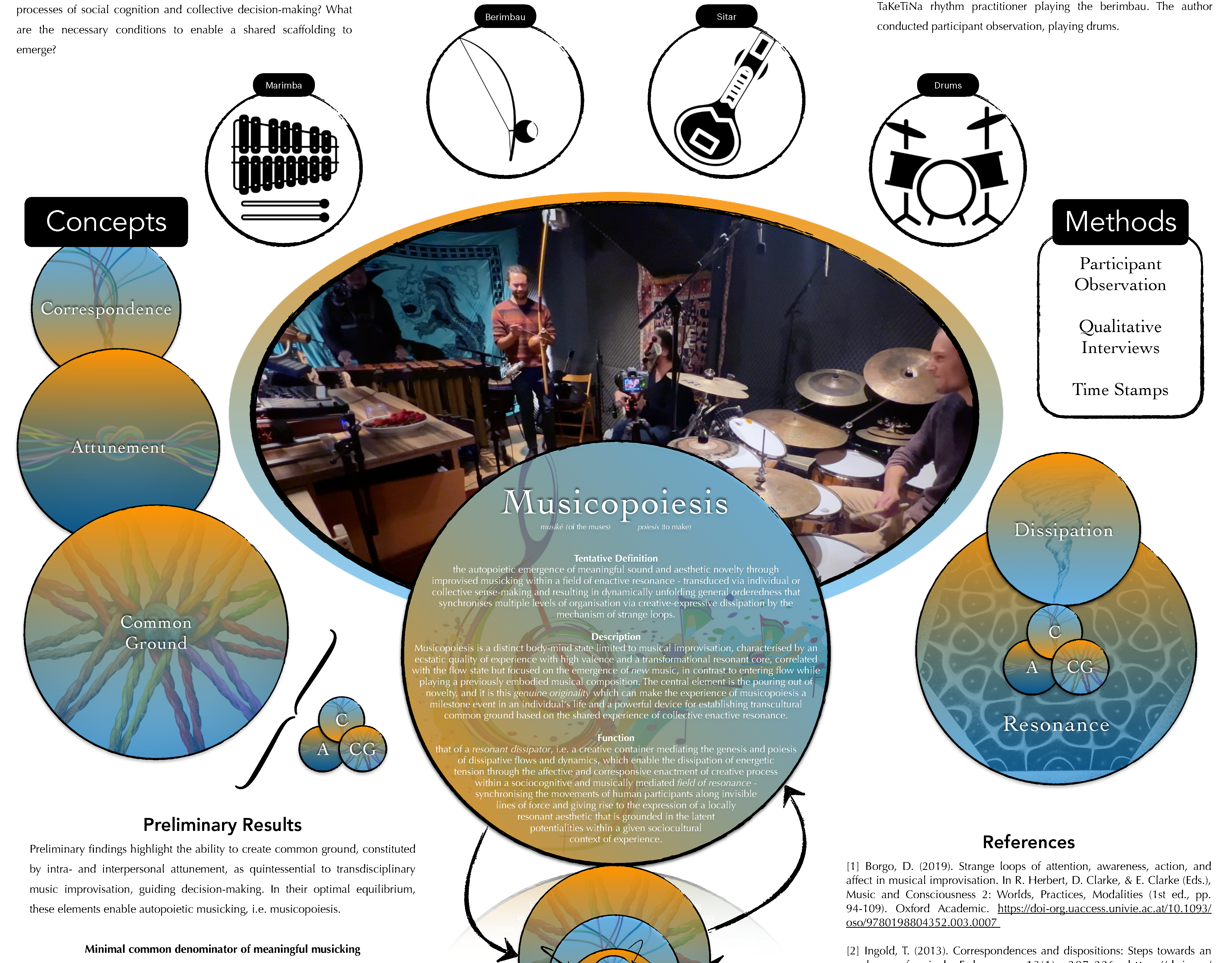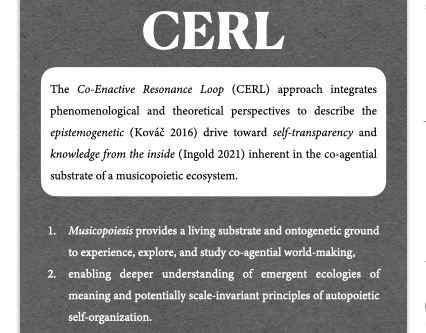Cultivating Improvisation Literacy
How an Improvisation Mindset enables Organizations to navigate the VUCA-World
Christophe Novak, University of Vienna & Donau University Krems
Abstract
Inspired by insights from the creative and performing arts, current research within the emerging field of improvisation studies has shown improvisation to be a skill that can be learnt. In a recent study by Zenk et al. general principles of improvisation were extracted from the lived realities of leading experts for practical application in didactic formats aimed at teaching an improvisation mindset [1].
While previous studies have focused on the perspective of teachers, this study concentrates on the experiences of participants and how they receive and integrate didactic models as implemented by teachers. In order to find out how students learn or improve their ability to improvise, empirical research will be conducted in a five-day university course on Business Improvisation at the Danube University Krems from May 30 to June 3, 2022. Data collection follows a qualitative approach involving participant observation (PO) and generative depth interviews (GDI). This includes reflecting on personal observations and individual experiences of other participants with regard to learning outcomes of acquired improvisational abilities. Constructivist grounded theory (CGT) is applied for qualitative data analysis.
As improvisation translates to competently dealing with the unforeseen, the ability to improvise is essential to meet the challenges of the 21st-century VUCA world and supports the development of a fluid self that is rooted in the present and capable of flexible thinking [2]. Cultivating improvisation literacy thus has great relevance for leaders at the forefront of activities that require fast decision-making without full situational knowledge while under pressure for creative, intuitive and ultimately successful problem-solving.
References
L. Zenk, N. Hynek, G. Schreder and G. Bottaro, "Toward a system model of improvisation", Thinking Skills and Creativity, vol. 43, no. 100993, pp. 1 - 11, 2022. Available: https://doi.org/10.1016/ j.tsc.2021.100993
A. Montuori, "Créativité et complexité en temps de crise", Communications, vol. 95, no. 1, pp. 179-198, 2014. Available: https://doi.org/10.3406/comm.2014.2751
Poster



